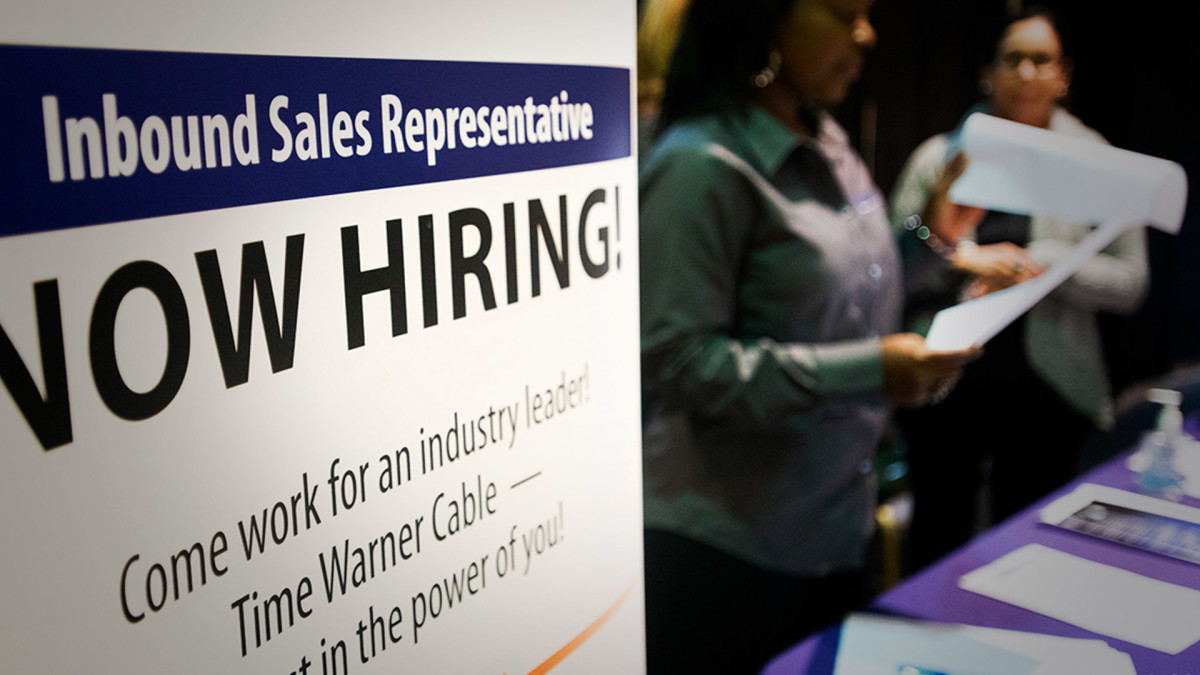
The Bureau of Labor Statistics published its latest estimate of new applications for jobless benefits Thursday as investors continue to reprice Federal Reserve rate bets amid hawkish signaling from officials and a surprisingly resilient job market.
Around 204,000 people filed new applications for the week ended Sept. 23, compared with the eight-month low 202,000 reported over the prior period. That was the lowest since early January, a figure that stoked inflation concern and, in part, triggered the ongoing risk in Treasury yields.
Wall Street estimates for the latest period were a tally of around 215,000.
Initial jobless claims at 204k vs. 215k est. & 202k in prior week; continuing claims at 1.67M vs. 1.675M est. & 1.658M in prior week … greatest increases in CA (+3.1k), OH (+1.4k), & MI (+1.3k); greatest decreases in GA (-2k), SC (-1.3k), & NY (-986) pic.twitter.com/A0T1Q91Foj
— Liz Ann Sonders (@LizAnnSonders) September 28, 2023
The jobless-claims data, as well as tomorrow's August reading of the Fed's preferred inflation gauge, the personal-consumption-expenditure price index, could be the last two inflation-focused data points published for several weeks if an expected government shutdown begins this weekend.
The Job Openings and Labor Turnover report for the month of August, commonly known as Jolts, is slated for release on Oct. 3, while the Labor Department's September payroll report is due Friday, Oct. 6.
That puts extra emphasis on today's data, which come amid a worrying surge in short and midterm Treasury yields.
That jump has lifted 10-year note rates to their highest since 2007 and powered the U.S. dollar index, which tracks the greenback against a basket of its global currency peers, to its highest levels in 10 months.
Earlier this month, BLS data showed 187,000 new jobs were created last month. That report was firmly ahead of the Wall Street forecasts, with average hourly earnings rising 4.3% from a year earlier.
Economists at Vanguard, however, see softer hiring prospects following a muted reading of their own August employment report, which showed a pullback in new hiring as a percentage of existing employees
“Employers may be pulling back on hiring in response to a slowdown in attrition but also as a way to limit labor costs in anticipation of slowing growth,” said Vanguard's Adam Schickling. “Compared with last month, the slowdown in hiring is now more broad across all sectors.”
- Action Alerts PLUS offers expert portfolio guidance to help you make informed investing decisions. Sign up now.







